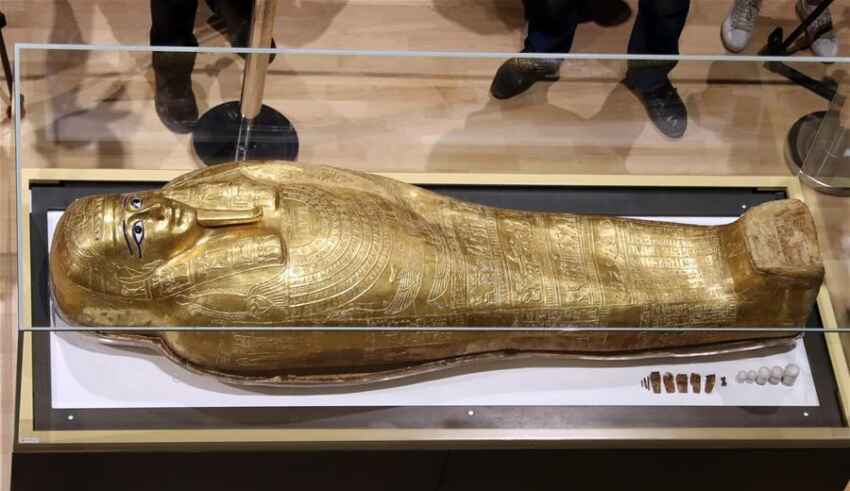
While looting antiquities is not a new phenomenon, nowadays the illicit flow of cultural objects is ranked as the third-highest-grossing annual criminal trade worldwide, after drugs and arms. According to the 1999 United Nations Global Report, the yearly value of illicit antiquities trafficking is estimated at around 7.8 billion, behind drugs (160 billion) and arms (100 billion). Thus, it is no surprise that the trade of looted antiquities has become a major weapon in the arsenal of state and non-state armed groups in the Middle East and North Africa to fund their atrocities.
What can be defined as archaeological objects vary from vases, coins, statues, and carved tables, ranging in value from a few dollars to thousands of millions. Such clandestinely excavated, looted, or stolen cultural objects that are used to fund violence have been characterized by scholars as “blood antiquities”.
The trade of looted antiquities as a source of revenue for armed non-state actors was first recorded in the 1980s when warlords in Afghanistan and drug gangs in Central America started to traffic artifacts for weapons and use cultural goods as a means for money laundering. In the following years, the instability in Cambodia, Lebanon, Syria, and the Persian Gulf facilitated the formation of regional smuggling networks, which were funded by the trade of illegal goods like arms, drugs, humans, and antiquities. Nowadays, the Islamic State of Iraq and Syria (ISIS) has institutionalized the antiquities trade as a means of income.
However, the driving force for the involvement of terrorist groups in the illicit antiquities trade is not only the generation of revenue but also, in some cases, the advancement of certain ideological objectives. In particular, the aim of politically and ideologically motivated destructions of cultural property and archaeological sites, driven by terrorist groups, is to undermine the State and attack local’s morale through a type of “moral cleansing”.
In the case of ISIS in Iraq and Syria, the United Nations Security Council in its Resolution 2347 (2017) argued that the terrorist group is making money from participating directly or indirectly in the illegal excavation and smuggling of cultural property. However, until now, at least, the available evidence limits the involvement of ISIS in the antiquities trade to the area of its control.
Critical for the issue is the importance of the interconnection of the illicit trafficking of antiquities with the trade of other illicit goods in financing terrorism. Several examples prove that pre-existing trafficking routes of arms and drugs facilitate the transport of illegal cultural goods, such as in Mexico where a smuggler’s plane has been found carrying 350 pounds of marijuana along with many pre-Columbian antiquities. The necessity for terrorist organizations to maintain several different sources to finance their operations in conjunction with the grey nature of the illicit antiquities market explain the linkage of different kinds of trades.
Although until now multiple policies have been implemented related to the illicit trade of antiquities, little progress has been succeeded. The main issue is that regulations focus on market countries, lacking to provide any measures for the illegal activities that take place in source countries. Thus, cultural goods leave the country of origin undetected and are steadily inserted into legitimate markets. This process of legitimization makes the detention of the illegal nature of looted antiquities even harder.
By The European Institute for International Law and International Relations.















